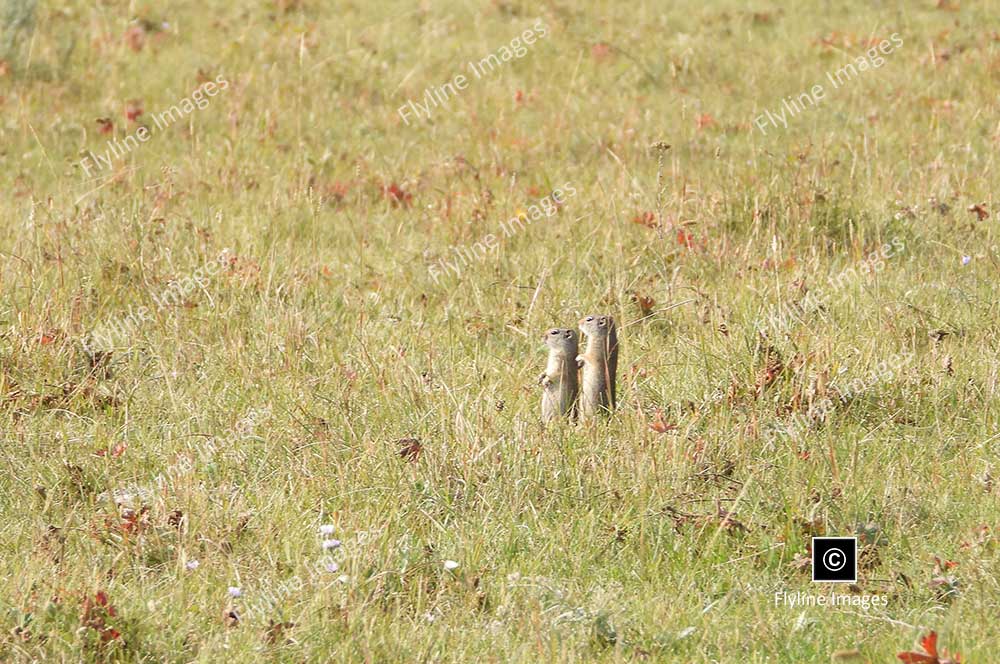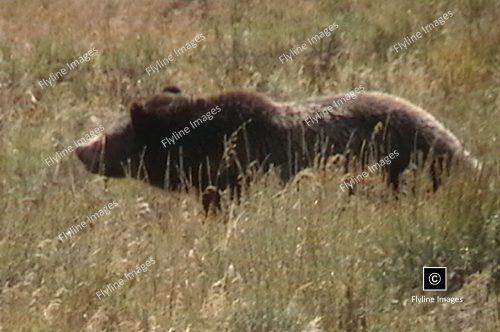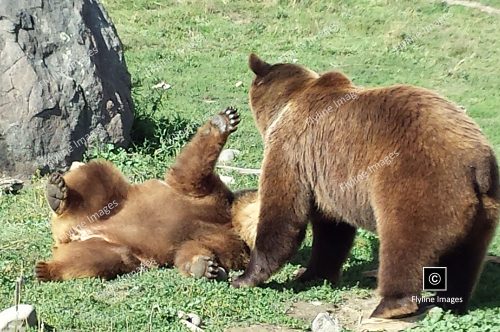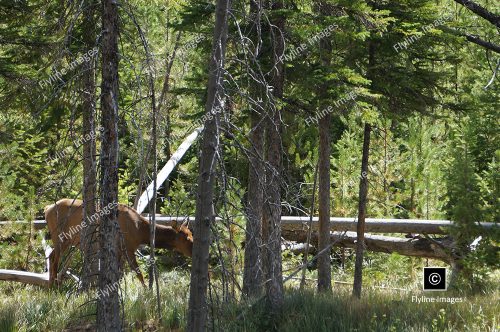Ground squirrels in Yellowstone National Park are an integral part of the park’s ecosystem
Ground Squirrels DSCN1369
$5.00
Description
Ground squirrels in Yellowstone National Park are an integral part of the park’s ecosystem. Among the various species found in Yellowstone, the Uinta ground squirrel is particularly noteworthy. These small mammals are primarily active during the warmer months and play a crucial role in aerating the soil, thus contributing to the park’s ecological health. Uinta ground squirrels are herbivorous, feeding on a diet rich in grasses, seeds, and occasionally insects, which helps in seed dispersion and maintaining plant diversity. As prey for many predators, including raptors, foxes, and coyotes, they are essential in maintaining the balance within the food web of this stunning natural habitat. Their burrowing habits also offer habitats for other species, showcasing their importance beyond mere survival.
Additionally, Uinta ground squirrels exhibit fascinating behaviors that make them a popular attraction for visitors to Yellowstone National Park. During the breeding season, males engage in “chase and dive” displays to attract females, while females often have multiple litters in a year. These unique behaviors provide opportunities for researchers and nature enthusiasts to study and appreciate these creatures.
Despite their importance and charm, Uinta ground squirrels face threats in their natural habitat. Climate change has resulted in unpredictable weather patterns, affecting the timing of food availability and hibernation cycles of these animals. The increasing human presence in national parks also poses a threat as it may lead to habitat destruction and disturbance of natural behaviors.
Image & Download Information
For this product, we have provided 3 image size options, Large 4000 x 2500, Medium 2000 x 1250 and Small 1000 x 625. When you purchase this photo, you will receive an email confirmation of your order. That email will summarize your purchase and provide you with the download links for the images and videos you purchased.
MORE ABOUT THIS PHOTO
These small mammals are primarily active during the warmer months and play a crucial role in aerating the soil, thus contributing to the park’s ecological health. Uinta ground squirrels are herbivorous, feeding on a diet rich in grasses, seeds, and occasionally insects, which helps in seed dispersion and maintaining plant diversity. As prey for many predators, including raptors, foxes, and coyotes, they are essential in maintaining the balance within the food web of this stunning natural habitat. Their burrowing habits also offer habitats for other species, showcasing their importance beyond mere survival.
Additionally, Uinta ground squirrels exhibit fascinating behaviors that make them a popular attraction for visitors to Yellowstone National Park. During the breeding season, males engage in “chase and dive” displays to attract females, while females often have multiple litters in a year. These unique behaviors provide opportunities for researchers and nature enthusiasts to study and appreciate these creatures.
Despite their importance and charm, Uinta ground squirrels face threats in their natural habitat. Climate change has resulted in unpredictable weather patterns, affecting the timing of food availability and hibernation cycles of these animals. The increasing human presence in national parks also poses a threat as it may lead to habitat destruction and disturbance of natural behaviors.
To protect this species and maintain a healthy ecosystem, the National Park Service has implemented various conservation measures. These include monitoring population numbers and behaviors, controlling invasive species, and educating visitors on responsible behavior in the park. By preserving Uinta ground squirrels, we are also protecting other flora and fauna that rely on their presence for survival.
Uinta ground squirrels are not just cute creatures found in Yellowstone National Park; they play a vital role in maintaining the delicate balance of this unique ecosystem. Through conservation efforts and responsible visitor behavior, we can ensure that these beloved animals continue to thrive in their natural habitat for generations to come. So next time you visit Yellowstone National Park, take a moment to appreciate these fascinating and important creatures and do your part in preserving their home. So, it is our responsibility as visitors to be mindful of our impact on the ecosystem and do our part in keeping this fragile natural wonder intact for future generations to enjoy. Let’s work together to protect these amazing animals and the beautiful park they call home.






